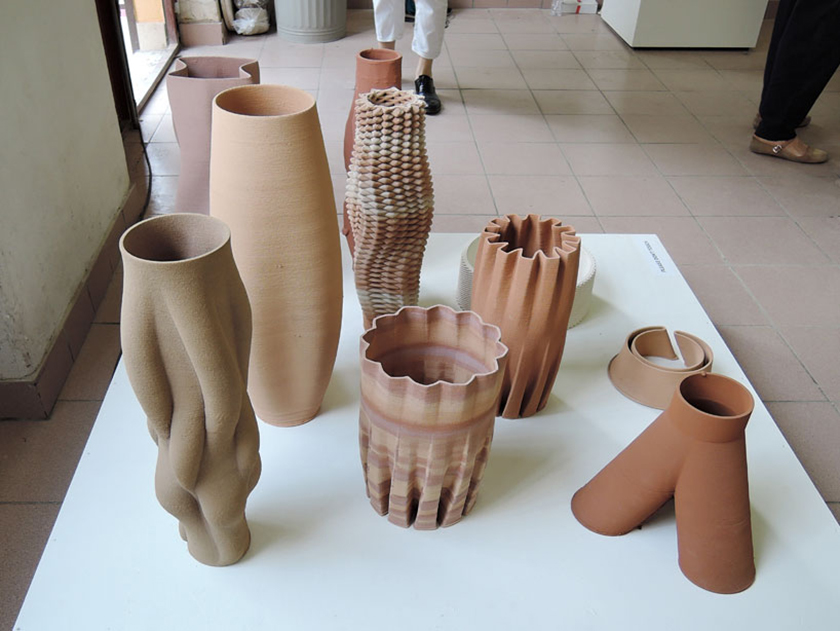
A mix of ceramics from Van Hempt’s 3-D Ceramics Printer.Image courtesy of Design Boom.
It took several years after 3-D printers first emerged on the scene for Oliver Van Herpt to become truly impressed about the possibilities and the process. In 2012, Van Herpt was a student at the Design Academy in Eindhoven, majoring product design and minoring in ceramics.
As much as he thought it had amazing possibilities, the 3-D process was too slow for Van Herpt. He said, “[3-D printing] is such a beautiful process, which I was really fascinated by. But the thing was, you had to wait almost eight hours for a piece ten centimeters high.”
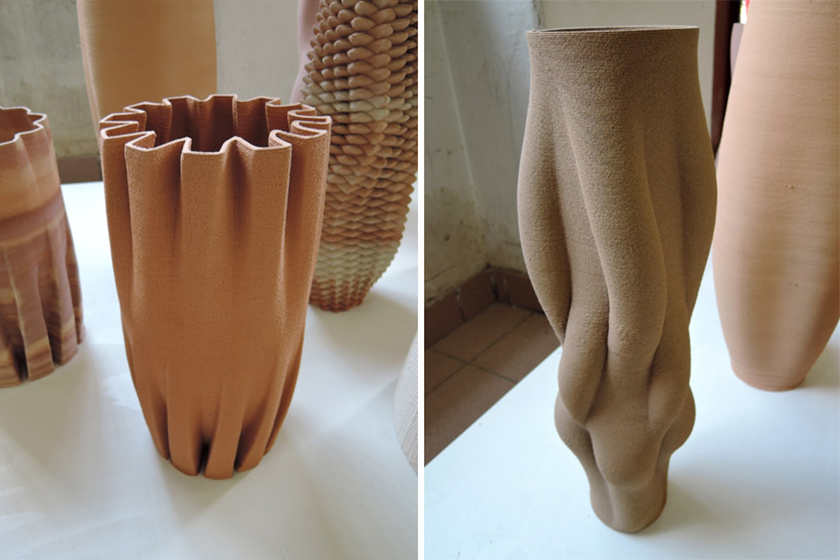
Image courtesy of Design Boom.
Fascinated with clay, Van Hempt realized that combining this ancient craft with 21st Century technology could provide infinite possibilities. He understood that being able to “interact” with the printer during the process was vital to making unique shapes, textures and surfaces. Furthermore, the small “mistakes” that occur during the process are viewed and celebrated as they allow each vessel to have its own, completely personal, characteristics.
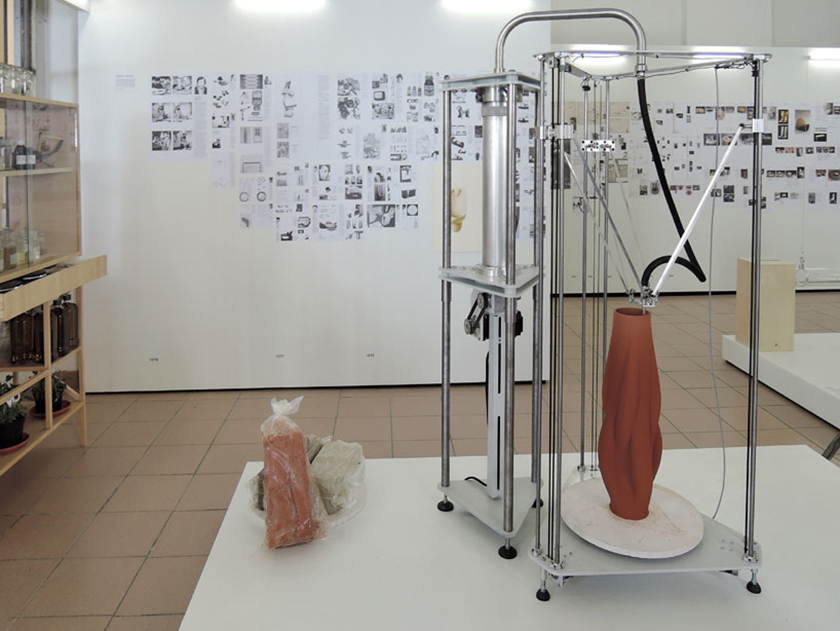
Image courtesy of Design Boom.
With his 3-D fascination in full gear, Van Herpt embarked on another project this year… he’s made his custom-made 3-D printer available to the public. Through a separate company, Oliver Van Herpt Lab, it’ll be quite interesting to see where this will lead the ceramics industry to.
Thomas Widdershoven, the creative director of the Design Academy, Eindhoven said, “he spent two years designing his printer which can be programmed to move in a particular pattern, but also the extruder can be programmed to stop and start. This means the clay can be controlled and do so much more than just ‘excrete’ in one continuous line – a typical limitation of current 3D technology.’”
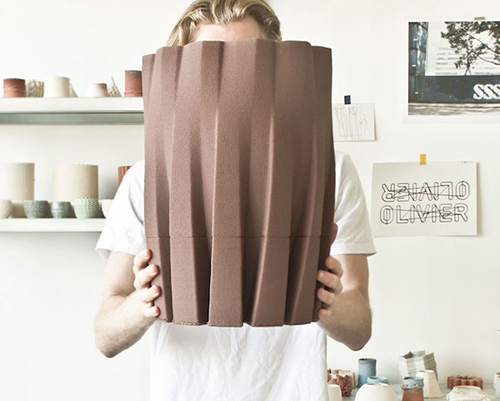
Image courtesy of C File Online
In 2015, Van Herpt was the recipient of the Design Academy’s “Keep an Eye Grant” award. This prestigious award is presented to four Academy graduates whose product development is privy to high social relevance. The grant is meant to allow the designers to further investigate their product and help “kick-start” their careers. Quite a prestigious award from an impressive fair, Dutch Design Week!
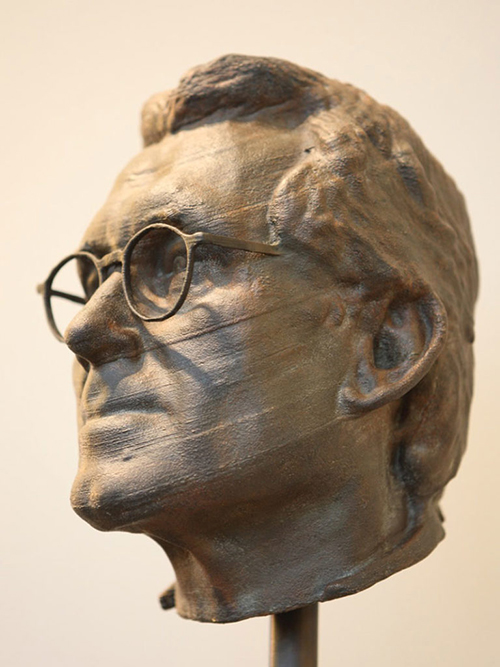
Image courtesy of Oliver Van Herpt, photographed by Koos Breukel.
Last year, in a project collaboration with Koos Breukel and commissioned but the Ministry of Education, Culture and Science of the Netherlands, a Bronze Portrait of the 2016 Chemistry Nobel Prize winner Ben Fearing was produced by Van Herpt. After a lot of testing, Olivier van Herpt 3-D printed the clay portrait, to be cast in bronze.
The weight of the bronze called for support material to be hand-constructed around the chin and ears. This process substitutes the regular way of making clay sculptures and opens the door to a realm of possibilities within the industry.